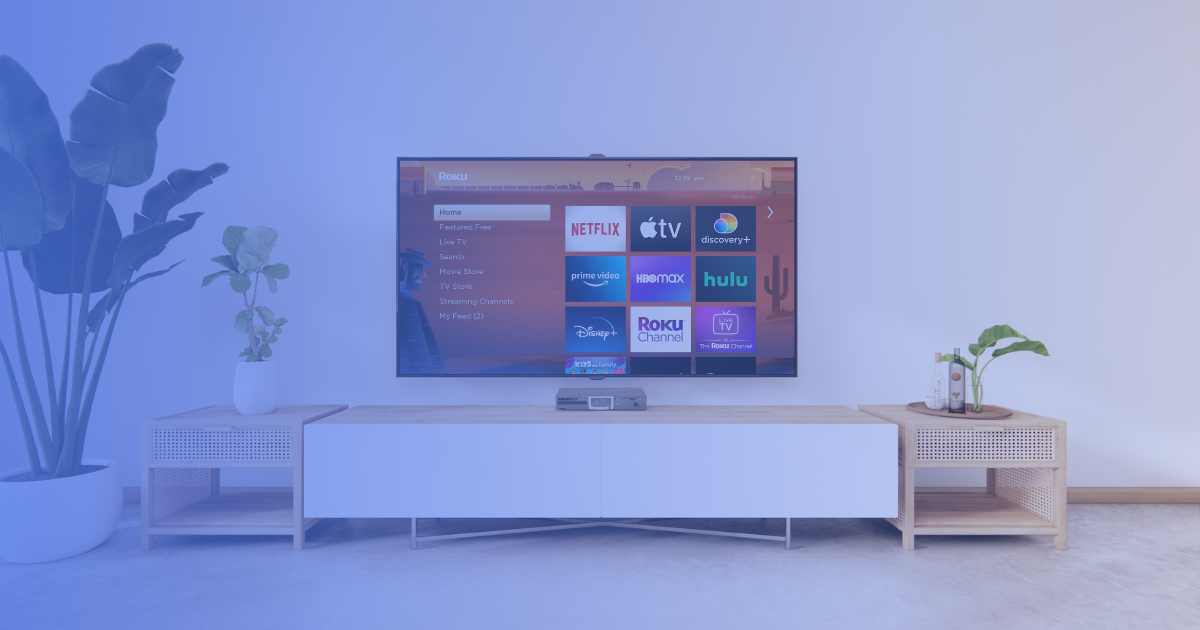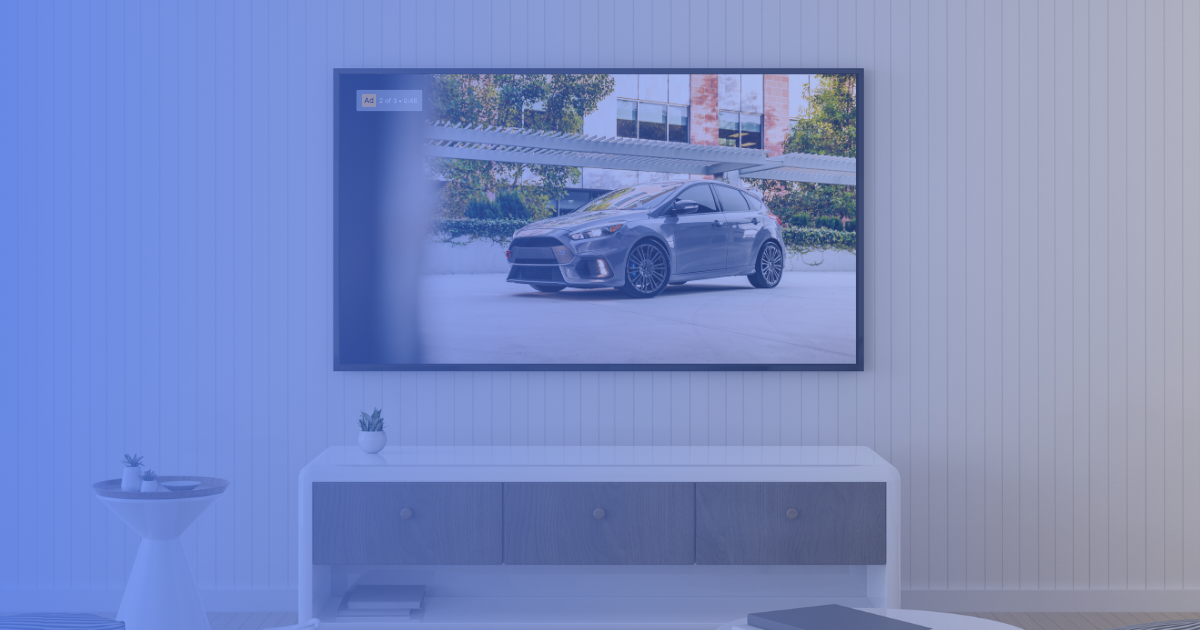Exclusive streaming ad inventory does not exist.
CTV ad inventory is fragmented across multiple third-party sellers, meaning access to a streaming platform’s full inventory is often limited, complicating ad campaigns.

November 11
Share this blog:
When you’re buying concert tickets, you have a wide array of options: official ticketing platforms like Ticketmaster or a venue’s box office, third-party resale platforms like StubHub and SeatGeek, fan-to-fan exchanges on social media or online marketplaces, and even early access through certain credit cards. Rarely is a concert ticket sold exclusively by the venue itself.
The same dynamic occurs with CTV advertising inventory. Ad space isn’t exclusively sold by the streaming app or network; instead, one app’s inventory is typically sold through dozens of third-party partners, a detail often overlooked in our industry. This misconception can seriously limit the reach and success of ad campaigns.
The reality is there’s no such thing as exclusive ad inventory. Every streaming app has multiple sellers beyond the app itself.
Imagine a sporting event produced by NBC, streamed on Hulu, and viewed through a Roku streaming stick on a Samsung Smart TV. Here, at least four entities—NBC, Hulu, Roku, and Samsung—each have rights to sell ad inventory during the event. NBC, the network, doesn’t retain 100% of the ad space for its own content; it’s shared with other companies involved in distribution. With hundreds of networks, apps, streaming devices, and operating systems, accessing even a small share of streaming ad inventory can suddenly become a complex task.
“But if I have a contract with Hulu, doesn’t that mean I get all of Hulu’s ad inventory? And given Hulu’s reach, doesn’t that cover most of the streaming market?”
Though it would make things simpler, that’s unfortunately not the reality. A typical contract with a streaming app grants access to only about 10% of its total inventory—far from full access. The remaining inventory is sold by networks and distributors. And while Hulu is a major platform, it holds only about 10% of the market share in a highly competitive field. With a streaming landscape of over 30,000 apps, access to a tenth of one app’s inventory can quickly limit your campaign’s reach.
Why doesn’t Hulu sell all its own ad inventory? This is where carriage deals come into play. Carriage deals are partnerships between content producers (networks or apps) and content distributors (streaming devices and operating systems). In exchange for carrying content, distributors receive a share of ad inventory as compensation. No single entity is both a content producer and distributor currently, so ad inventory gets split across various players to sell.
Carriage deals among networks, apps, operating systems, and streaming devices determine how ad inventory is divided. As a result, a single streaming app’s ad space is sold across multiple channels, creating a highly fragmented landscape with the vast number of streaming apps, devices, and hardware in play.
To reach the entire streaming ad inventory ecosystem, you need private access contracts with every single seller—totaling hundreds of unique contracts and requiring great expertise in navigating this ecosystem. Unfortunately, there’s no shortcut around this.
At EMG, we simplify this process. With access to nearly 100% of the programmatically addressable CTV market, over 200 unique supply contracts, and 20,000+ inventory paths, we make sure your campaigns reach your audience across every ad-supported channel they’re watching. Our approach includes continuous optimization, filtering out low-value apps, testing new ones, and refining delivery strategies to guarantee your ads capture real attention. Backed by seven years of expertise in programmatic streaming, we’re here to help you navigate and unlock the full potential of this intricate market.
Skip the complexity. Start advertising on streaming with EMG for access to nearly 100% of the addressable market, with predictive targeting for automotive audiences—all at no starting cost.
Join the EMG mailing list.
Stay connected with EMG and get the latest posts delivered straight to your inbox.
EMG will handle your data pursuant to its Privacy Policy.
Ready to get started?
Learn how EMG drives measurable market share growth for dealerships.
Recent blogs.
View all blogsCopyright © 2025. All Right Reserved




